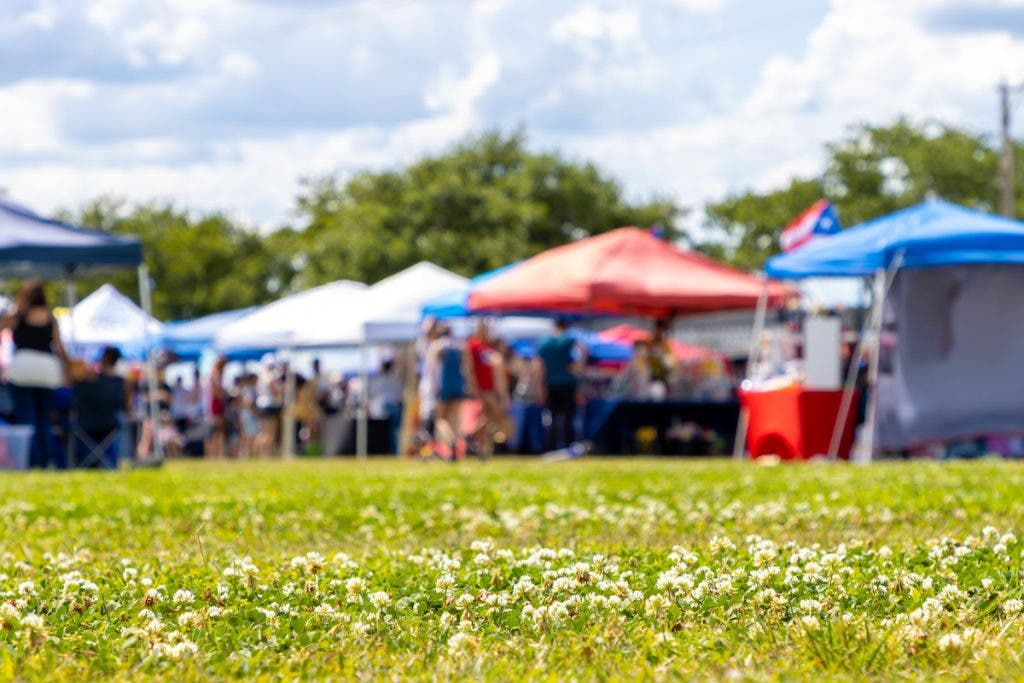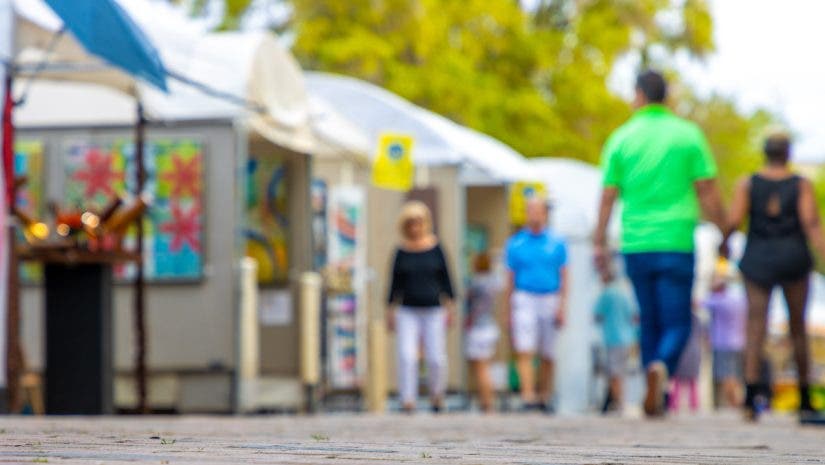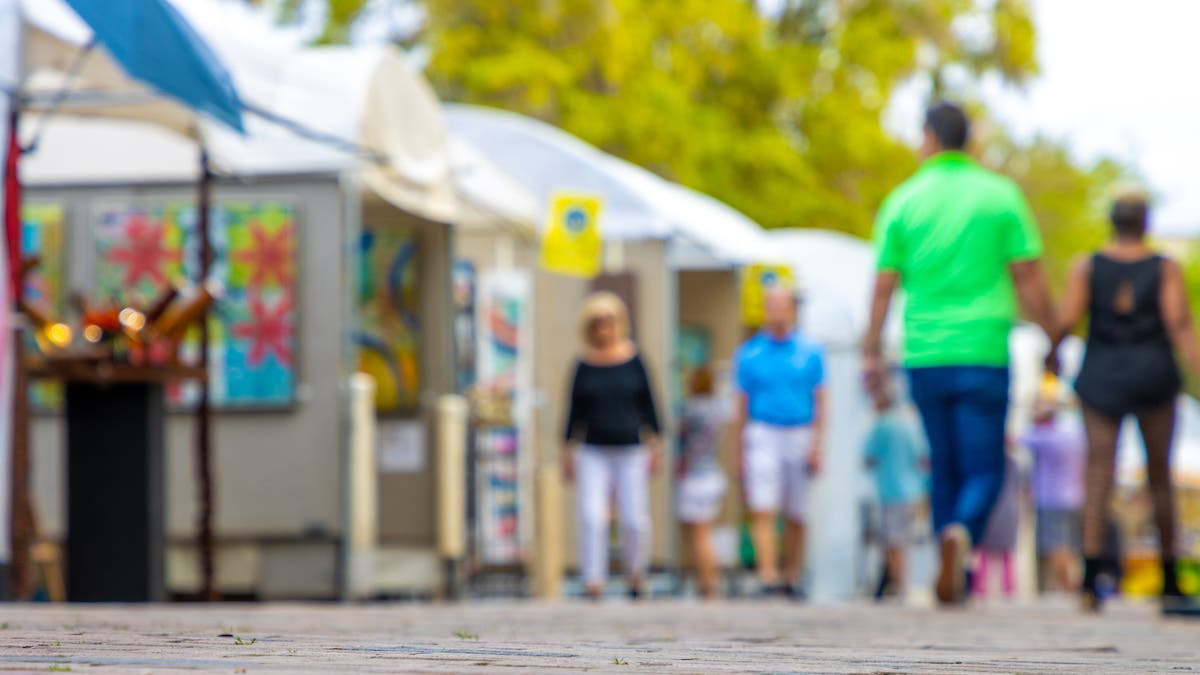Selling your photography at exhibitions and art fairs is an excellent way to recoup some of the time and money you’ve spent on travel, equipment, and learning resources. But if you’re new to selling your photography, the whole process might seem like a lot. Between finding the right events, talking to people, and displaying your work in a compelling way, there is a lot to learn before you start making money. Luckily, this article will serve as a general guide to help you understand what to charge, what to print, and how to make sure your booth looks spick and span when selling photography at art fairs.
What to Charge for Your Photos
Perhaps one of the most difficult things to understand as a photographer is pricing. Since photography can be reprinted, it is often priced cheaper than “original” artwork like paintings or drawings. If you’ve ever been to an art fair or exhibition, you’ve certainly seen a wide range of prices for photography.
Limited Edition Print
The first thing you need to understand about pricing your artwork is whether or not you want to offer limited edition prints. Limited edition means that only a certain amount of prints, or re-creations, will be made of a certain photo. Many photographers do runs of 10, 100, or even 1,000, and each print should be numbered. This is an excellent system for well-known photographers, but I recommend avoiding limited edition prints as a new art seller.
Non-Limited Prints
For non-limited prints, you’ll want to charge somewhere between 2-4x what you paid to make the print. You can test out prices and see what works best for you, but be sure that you are making it worth your time. Generally, 2.5x is a good markup to start with. This means that a print costing you $100 to make should sell for $250. Depending on your market, you may need to raise or lower your price depending on the type of art fair you are showcasing in.
How to Choose What Photos to Print
Picking the right photos to print can certainly be a challenge, especially depending on your photography type. One mistake many photographers make is printing out their favorite images, or the photos they feel are the best in their portfolio. Understand the market you are in before deciding which photos to print.
If you take abstract or macro photography, choose images with colors that you think will interest buyers. If you shoot landscapes, pick images that are from the local area, since buyers are more likely buy when they can relate to the subject matter or have an experience from the place.
For wildlife shooters, consider printing animals that generally attract more interest from the public. Photos of bears, lions, moose, bison, and other big game animals are more likely to garner attention from buyers.
It can be beneficial to bring a portfolio book or an iPad to access your website at the show. Buyers may like your work, but need a different size or a different photo for their space. Be prepared to take an order!

How to Choose What Sizes to Print
Picking the right size image is crucial when it comes to sales. While smaller images with a lower price point might give you more opportunities to sell, larger images have a special kind of interest and “wow” factor that will bring people into your space, resulting in a higher volume of sales.
(At Least) One Large Print
Having at least one very large image is crucial to not only show that your work can be printed large, but to also allow your work to be seen from far away. I recommend printing at least one 40×60” image, or print a triptych.
A triptych is one image that is divided and printed on three different panels that are meant to hang side by side. Printing this way can help you to create much larger pieces of art that you otherwise couldn’t print in one size.
Printique offers triptych, or split metal prints in sizes as large as 30×60”. A standard 2×3 ratio image will print perfectly in these sizes, giving you a total artwork size of 90×60” after printing. This is huge, and will definitely impress anyone walking by your work.
Small Prints for Smaller Price Points
Additionally, having some smaller size prints at lower price points can help make sales for customers that aren’t looking to spend thousands on artwork. 16×24” is a great size for smaller pieces.
How to Choose Print Material
Most photographers print on metal or canvas. Each one has benefits and drawbacks. Ultimately, each art buyer will have different needs for their home and their space, so I recommend having both types of prints on display for buyers to see.
Metal
Metal prints are generally considered more modern, and have a high-gloss finish that really catches the eye. These prints are slightly more expensive than canvas. The high-gloss finish can also catch glare in rooms with many windows.
Canvas
On the other hand, canvas prints are slightly cheaper, matte finish, and look more traditional with a canvas wrap.
Usually I prefer to have a display of both small and large metal and canvas prints. Even if you don’t have the right size or photo for a buyer, just having a print in each medium and in numerous sizes helps them to visualize what a print in that size or material looks like. This will increase your chances of getting an order and making a sale.
Printique has both metal and canvas prints in a variety of different sizes. Metal prints are even available in other shapes, and canvas prints are available in totally custom sizes.

Other Tips for Art Fairs
Resize Your Photos
For photography specifically, it is crucial to resize your photos especially when enlarging your prints. If you don’t, large prints may appear pixelated and low resolution, which will hurt your sales. Photos can easily be resized in Photoshop. You can also apply special print sharpening to your photos to help them look more professional no matter the size.
Plan the Booth Layout
Additionally, the layout of your art show booth is crucial. Put your largest attention-grabbing photo in the spot that will get the most eyes. This is usually a place where someone walking by will see it without having to come into your booth. If you can, put photos on both sides of your booth walls in order to have more art to choose from and to increase the amount of interest.
Take Orders
As I briefly mentioned earlier, be prepared and let people know that you can take orders. Make sure your visitors know that any print can be made smaller or larger to accommodate their space. While this is obvious to you, the photographer, many art buyers don’t know this since most other mediums of art can’t be recreated in a larger or smaller size. When someone wants to make an order, make sure you know what to do to gather their information and payment. Plan for this ahead of time.
Talk to People
Finally, it is important to keep people engaged with your work. Talking to people is an important way to build connections and relationships with people that not only like your art, but people that want to invest in you as an artist. Having conversations about the photos and answering questions is a great way to do this, but try to avoid having too many pointless conversations. You want to allow people to focus on the photos and visualize the work in their home or space, rather than thinking about answering your questions. Be friendly, but not chatty.
Conclusion
If you stick at it for long enough, selling your photography is an excellent way to earn a little cash and be able to bring your digital photos to life. Every event you do is a learning opportunity, so don’t be afraid to make changes to your setup if things aren’t working. The more events you partake in, the more experience you’ll get, and the better your setup will look. Don’t be afraid to try new events, but pay attention and learn the kinds of events that attract a lot of buyers—and the ones that don’t. Spend your efforts on the successful shows, and you’ll be certain to make some extra cash to support your photography!






